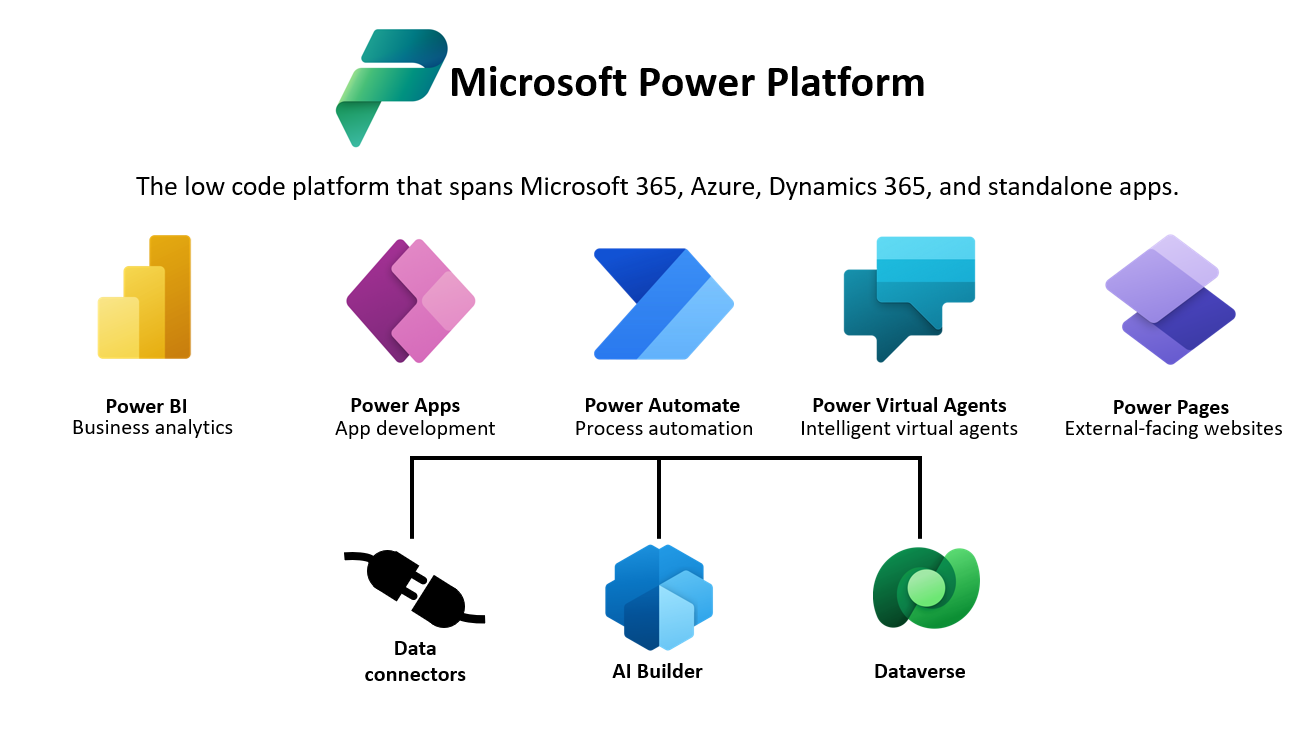Introduction to developing with Microsoft Dataverse
Extending the Dataverse platform with code is required whenever some level of automation needs to occur that existing features don't support and you can't easily build the automation with low-code techniques like Power Automate. These types of extensibility points frequently execute as server-side code via an asset called a plug-in. Flow and other options enable asynchronous automation and logic but cannot fully replicate the capabilities of plug-ins for synchronous rules. Plug-ins are still required when you need to implement synchronous operations within a model-driven application.
Dataverse plug-in development is frequently required and is an essential skill in the Power Platform developer's toolkit.
Building model-driven apps
The Dataverse metadata and tables store all data and table-level business logic that defines a model-driven app. Also, the method in which we package and distribute customizations to a model-driven app (via solutions) is also contained within Dataverse.
Building client apps
Dataverse provides APIs for building applications, including custom web applications written in ASP.NET, Node.js applications, Windows applications, or another type of application. There are many benefits to using Dataverse to build your application, a few of which we summarize in the next section.
Benefits
Each Dataverse environment has a unified set of features that enables you to create business-focused definitions of your organization's data and business processes within various applications. Since data and metadata reside in the cloud, applications are easy to manage and administer. A built-in security model allows you to control access to tables and functionality for different sets of users within your organization.
Microsoft has built many first-party applications on Dataverse, including Dynamics 365 Sales, Dynamics 365 Customer Service, and Dynamics 365 Field Service. By building your apps on the same Dataverse platform, you can easily interact with data constructed by other applications within the Dataverse.
